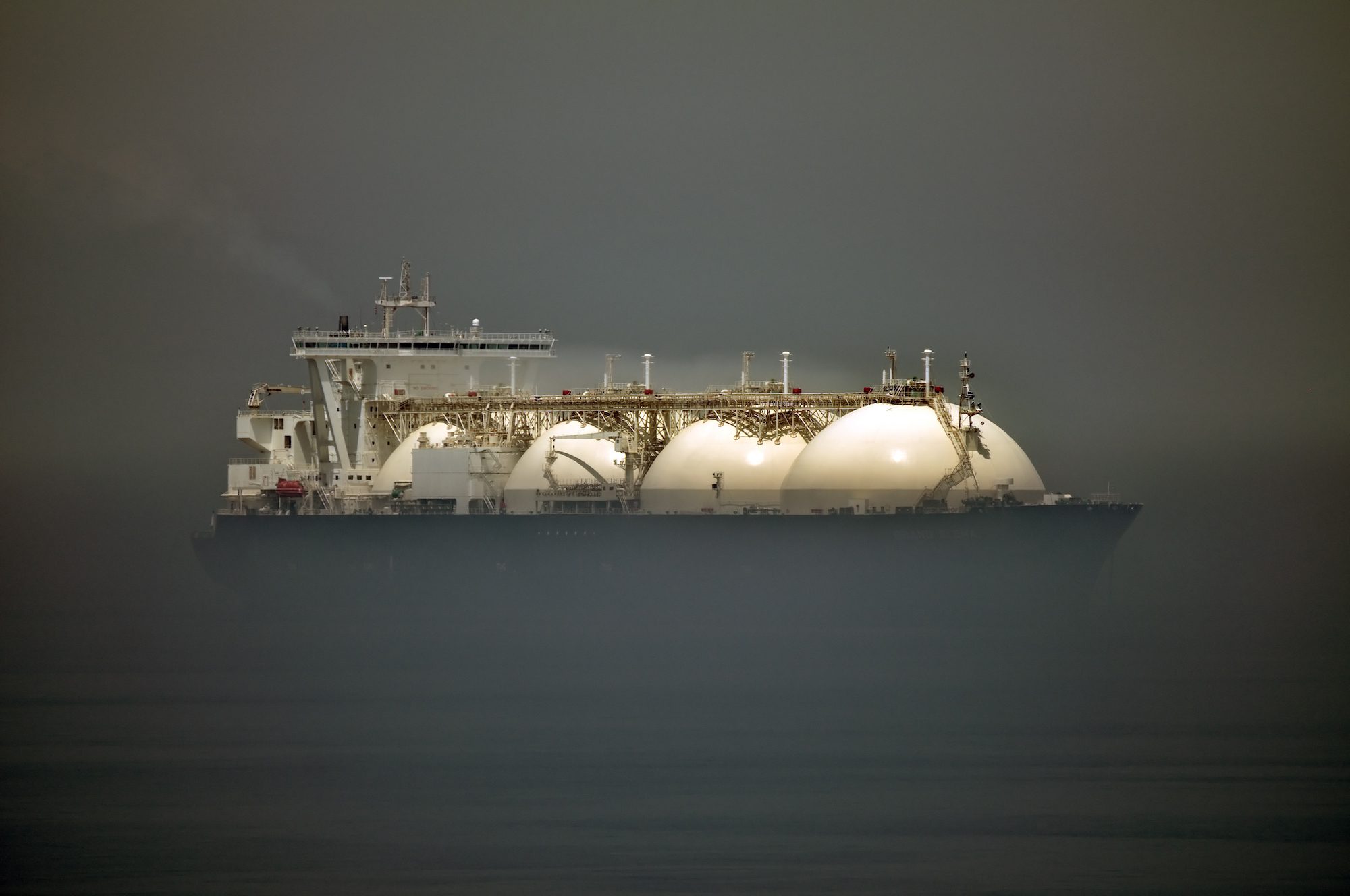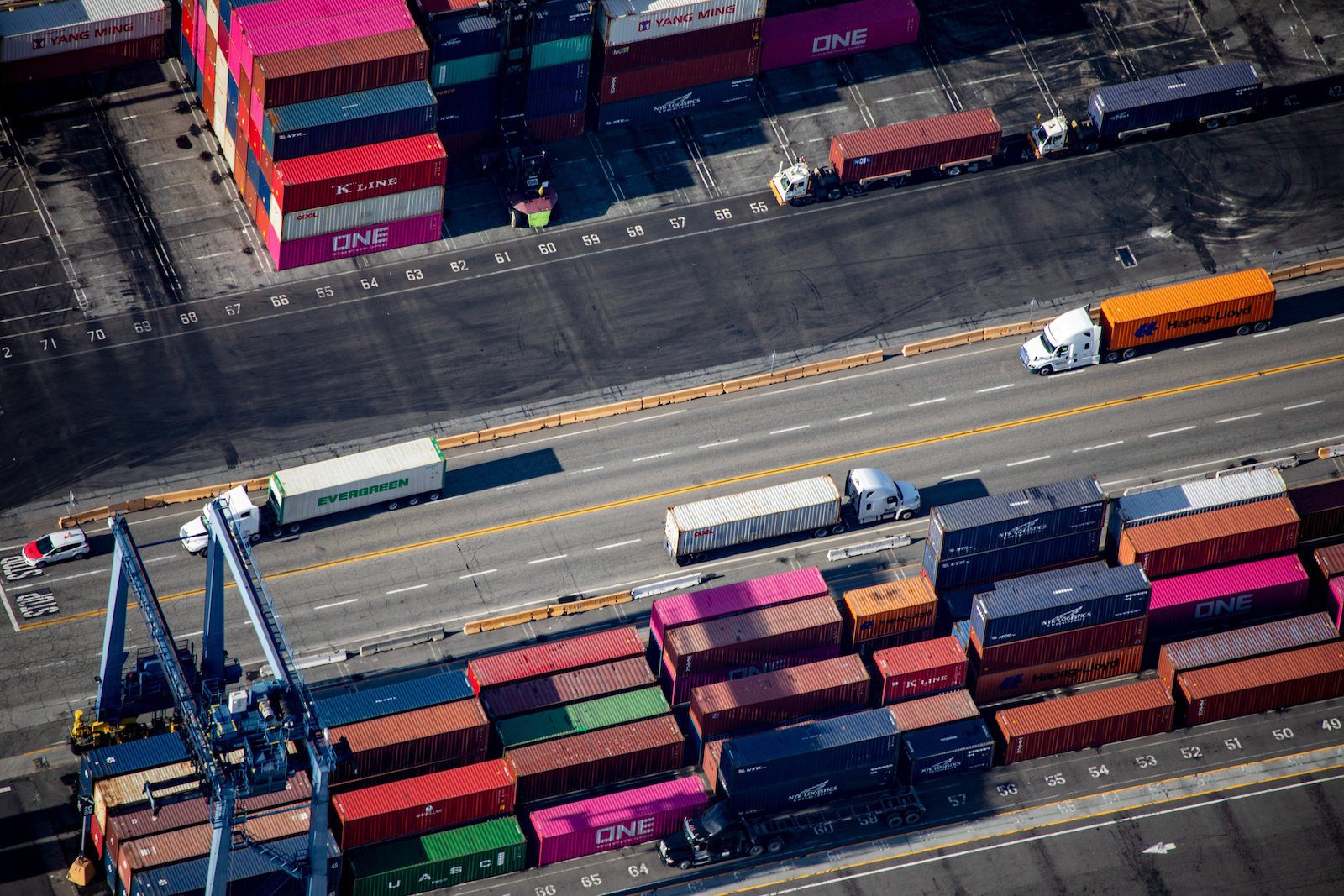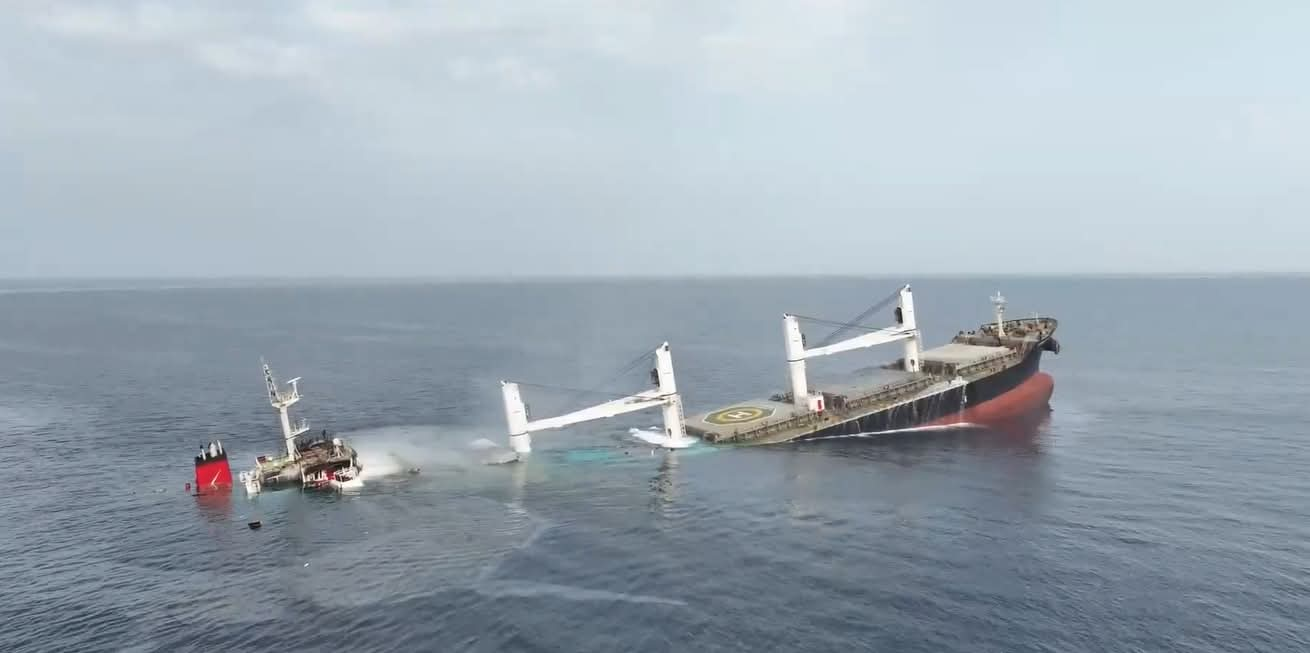By Julian Lee (Bloomberg) —
Russian crude oil flows to international markets continue unabated, with no substantive sign of the output cuts that the Kremlin insists the country is making.
Four-week average seaborne shipments, which smooth out some of the volatility in weekly numbers, edged higher in the period to June 4, rising to 3.73 million barrels a day from a revised 3.68 million in the period to May 28.
Flows to international markets are more than 1.4 million barrels a day higher than they were at the end of last year — more than can be accounted for by the diversion of pipeline flows or lower refinery runs. Shipments have also risen since February, the baseline month for the pledged production cut.
Moscow’s OPEC+ partners have sought clarity and transparency from Russia on the country’s crude production. They noted that Moscow has made a commitment to accept reassessment of February’s production level by OPEC’s secondary sources. The assessment by those seven companies currently stands at 9.83 million barrels a day.
There is little evidence that the 500,000 barrels a day of cuts have been made. Moscow has cited the diversion of crude previously piped to Germany and Poland through the Druzhba pipeline as a reason for robust shipments; but that switch happened in January and February, before the output cut was due to come into effect. Flows of Russian crude through the pipeline, now limited to deliveries to Hungary, Slovakia and the Czech Republic, have been stable at about 240,000 barrels a day since February.
And while Russian refineries cut their crude processing in the first part of May, runs recovered in the final week of the month, rising by about 180,000 barrels a day from the previous seven days. Despite the dip in refinery runs there is no sign of a corresponding drop in overseas shipments of refined products.
Russia’s revenues from oil are still being hit hard, despite robust overseas flows. May’s budget proceeds from oil taxes plunged 31% from a year ago to 426 billion rubles ($5.2 billion), according to Bloomberg calculations.
Russia’s Lifelines
The combined volume of crude on vessels heading to China and India plus smaller flows to Turkey and quantities on ships that haven’t yet shown a final destination remained virtually unchanged at a revised 3.62 million barrels a day in the latest four-week period.
Flows to China leaving Russia in March dipped from the highs seen in January and February. With the latest four-week average showing the equivalent of more than 650,000 barrels a day of crude on vessels yet to indicate a final destination, the picture for April- and May-loading cargoes remains subject to revision. Historical patterns suggest that most of the vessels currently signaling “Unknown Asia” destinations and heading for the Suez Canal will end up in India, while those loaded onto very large crude carriers off the north coast of Morocco or, more recently, in the Atlantic Ocean, will head to China.
Crude Flows by Destination
On a four-week average basis, overall seaborne exports in the period to June 4 were up by 50,000 barrels a day to 3.73 million barrels a day. More volatile weekly flows also rose, increasing by about 90,000 barrels a day to 3.69 million barrels a day from a revised 3.6 million barrels a day the previous week.
Weekly data are affected by the scheduling of tankers and loading delays caused by bad weather. Port maintenance can also disrupt exports for several days at a time.
All figures exclude cargoes identified as Kazakhstan’s KEBCO grade. Those are shipments made by KazTransoil JSC that transit Russia for export through the Baltic ports of Ust-Luga and Novorossiysk.
The Kazakh barrels are blended with crude of Russian origin to create a uniform export grade. Since Russia’s invasion of Ukraine, Kazakhstan has rebranded its cargoes to distinguish them from those shipped by Russian companies. Transit crude is specifically exempted from European Union sanctions.
Four-week average shipments to Russia’s Asian customers, plus those on vessels showing no final destination, crept up to 3.42 million barrels a day in the period to June 4 from 3.38 million barrels a day in the four weeks to May 28.
While the volumes heading to India appear to have declined from recent highs, history shows that most of the cargoes on ships without an initial destination eventually end up there or in China.
The equivalent of 384,000 barrels a day was on vessels showing destinations as either Port Said or Suez in Egypt, or which already have been or are expected to be transferred from one ship to another off the South Korean port of Yeosu. Those voyages typically end at ports in India or China and show up in the chart below as “Unknown Asia” until a final destination becomes apparent.
The “Other Unknown” volumes, running at 267,000 barrels a day in the four weeks to June 4, are those on tankers showing no clear destination. Most of those cargoes originate from Russia’s western ports and go on to transit the Suez Canal, but some could end up in Turkey, while other cargoes are transferred from one vessel to another, either in the Mediterranean or, more recently, in the Atlantic Ocean.
Russia’s seaborne crude exports to European countries edged higher to 83,000 barrels a day in the 28 days to June 4, with Bulgaria the sole destination. These figures do not include shipments to Turkey.
A market that consumed about 1.5 million barrels a day of short-haul seaborne crude, coming from export terminals in the Baltic, Black Sea and Arctic has been lost almost completely, to be replaced by long-haul destinations in Asia that are much more costly and time-consuming to serve.
No Russian crude was shipped to northern European countries in the four weeks to June 4.
Exports to Turkey, Russia’s only remaining Mediterranean customer, edged lower to 230,000 barrels a day in the four weeks to June 4; flows to the country had topped 425,000 barrels a day in October.
Flows to Bulgaria, now Russia’s only Black Sea market for crude, rose to 83,000 barrels a day. Shipments have averaged 77,000 barrels a day since March, down from more than 150,000 barrels a day in January.
Flows by Export Location
Aggregate flows of Russian crude edged higher to 3.69 million barrels a day in the seven days to June 4, from a revised 3.6 million barrels a day the previous week. A rebound in shipments from the Arctic was partly offset by a big drop in the flows from the Black Sea port of Novorossiysk, which took them back to more normal levels, and a smaller decline in the amount shipped through Pacific ports.
Figures exclude volumes from Ust-Luga and Novorossiysk identified as Kazakhstan’s KEBCO grade.
Export Revenue
Inflows to the Kremlin’s war chest from its crude-export duty rose by $3 million to $52 million in the seven days to June 4 from a revised figure for the previous week. Four-week average income increased by $2 million to $52 million.
President Vladimir Putin ordered his government to fine-tune existing indicators and establish additional ones to calculate oil prices for tax purposes in order to reduce the discount to global crude prices. Russia’s government calculates oil taxes using a discount to Brent, which sets the floor price for the nation’s crude for budget purposes. If Russian oil trades above that threshold, the Finance Ministry uses the market price for tax calculations, as has been the case in recent months. From July the discount is currently set at $25/bbl, though this may now be narrowed.
The duty rate for June has been set at $2.21 a barrel, based on an average Urals price of $55.97, which was $23.90 a barrel below Brent during the period between April 15 and May 14.
Origin-to-Location Flows
The following charts show the number of ships leaving each export terminal and the destinations of crude cargoes from the four export regions.
A total of 34 tankers loaded 25.8 million barrels of Russian crude in the week to June 4, vessel-tracking data and port agent reports show. That’s up by 610,000 barrels from the previous week’s revised figure. Destinations are based on where vessels signal they are heading at the time of writing, and some will almost certainly change as voyages progress. All figures exclude cargoes identified as Kazakhstan’s KEBCO grade.
The total volume on ships loading Russian crude from Baltic terminals was unchanged from the previous week at 1.67 million barrels a day.
Shipments of Russian crude from Novorossiysk in the Black Sea fell back to more normal levels after the previous week’s surge. One cargo of Kazakhstani crude was loaded at the port during the week.
As expected, Arctic shipments rebounded, with four tankers completing loading in the week to June 4. The flow was the second-highest since Bloomberg began tracking weekly shipments at the start of 2022, while the four-week average shipments from the port are the highest in the same period.
Ten tankers loaded at Russia’s three Pacific export terminals, down by one from the revised number for the previous week. The volume of crude shipped from the region remained above 1 million barrels a day for a tenth week. Flows of ESPO crude through the port of Kozmino have averaged about 845,000 barrels a day so far this year. That is up by 137,000 barrels a day, or 19%, from the first three months of 2022, before Moscow sought to maximize flows from its main eastern terminal.
The volumes heading to unknown destinations are mostly Sokol cargoes that recently have been transferred to other vessels at Yeosu, or are currently being shuttled to an area off the South Korean port from the loading terminal at De Kastri. Most of these are also ending up in India.
Some Sokol cargoes are now being transferred a second time in the waters off southern Malaysia. A small number of ESPO shipments are also being moved from one vessel to another in the same area. All of these cargoes have, so far, gone on to India.
–With assistance from Sherry Su.
© 2023 Bloomberg L.P.

 Join The Club
Join The Club











